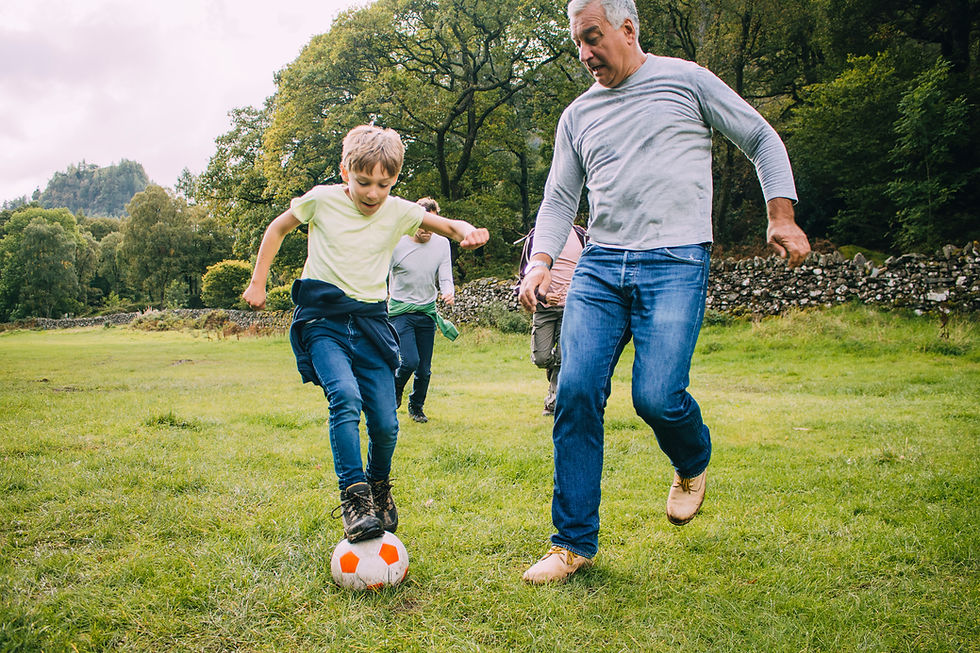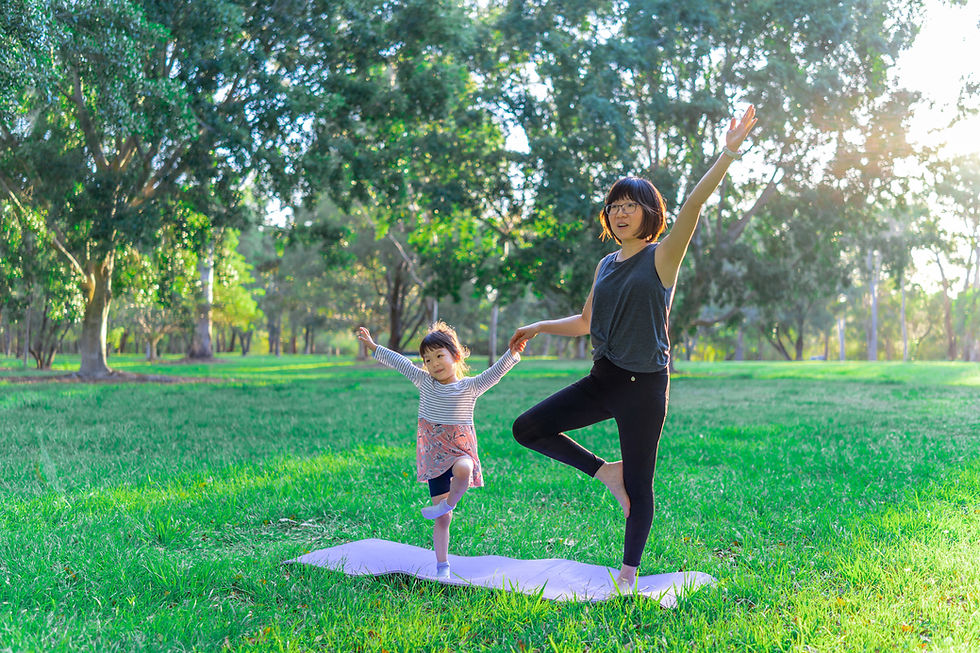Pros and Cons of the Allard ToeOFF Ankle and Foot Orthotic
- Ashley Stanley
- Jun 14, 2022
- 3 min read
Prescribing ankle and foot orthotics takes a team - the doctor, the PT, the orthotist, and most importantly, the person wearing the orthotic. The foremost factor when considering an orthotic - will you wear it?
There are many many types of ankle and foot orthotics. Ankle and foot orthotics (AFOs) help support the knee and ankle, but primarily the ankle. They help us progress forward in gait, maintain stability, help us adapt to different surfaces we stand on, and help us be functional so we can walk around the house, work, or school. I wore AFOs when I was 13 after I had Guillain-Barre and using them was the only way I could walk in school.
The Allard line of AFOs is one of the most popular with customers. If someone tries on an Allard ToeOFF without any explanation of the cons, they will leave telling you its the one they want. It is lightweight, slim, fits in almost all shoes easily, and looks sleek.
Pros
1. Lightweight
The Allard ToeOFF is made of carbon and is excellent for people with diseases that cause fatigue. Since it is lightweight, it is easy to pick up the foot and leg while wearing it and does not contribute to overuse fatigue. The carbon fiber and design of the brace leads to a power boost when you are lifting your heel off the ground and taking a step.
2. Easy to put on and take off
There is only 1 strap at the top of the brace. On the old style, all you had to do was afix it to the velcro. The new style has a loop but if you are careful, you can keep the strap in the loop before you remove the brace from your foot.
3. Fits in most shoes
With AFOs, you have to go up 1-2 shoe sizes. With the Allard, 1 size would probably be the most and it may fit into your regular shoe size!
4. Good looking
The brace is black and easily fits under clothes. It looks like a sports brace. People who care about aesthetics care about this factor and it should be considered because it goes to the number 1 rule of bracing - will the person wear it?
Cons
1. Knee hyperextension
The Allard's force is anterior to the knee joint. When a person lands their heel on the ground, the anterior force to the shin (proximal tibia) leads to a rapid knee extension. This is helpful if a person only needs a teeny tiny boost of support for knee extension when their foot hits the ground (initial contact to loading response) or they have strong quads and hamstrings. For most people this force is too much and the knee rapidly extends back beyond straight. We call this knee hyperextension and it can be painful and damage the knee.
2. Hard to drive while wearing it
This is one of the biggest complaints about wearing ankle and foot orthotics if you are driving. You would need to remove the brace to drive.
3. Ankle positioning
The brace provides no assistance for the ankle side to side, in case of weakness, spasticity in the muscles around the ankle, or tightness. It may give some stability at the ankle but will do nothing to prevent it from rolling.
I usually recommend the Allard ToeOFF for persons with minimal foot drop or minimally progressed CMT, persons with multiple sclerosis with muscles around the knee that are still strong, occasionally persons with spinal cord injury, persons with ALS for a short term solution (although the posterior leaf spring is the most common brace I prescribe for persons with ALS), or someone who will not wear anything else.
Often people will try the brace in clinic or the orthotists office for 30 ft of walking and feel its the brace for them. Then they buy it, wear it for 2 hours and their knee hyperextends and they have knee pain. It is really important to try to walk a lot in clinic, on stairs, and up hills when trialing bracing.
Remember, the best brace is the one you will wear.
Ashley Stanley PT, DPT
.png)




Comments